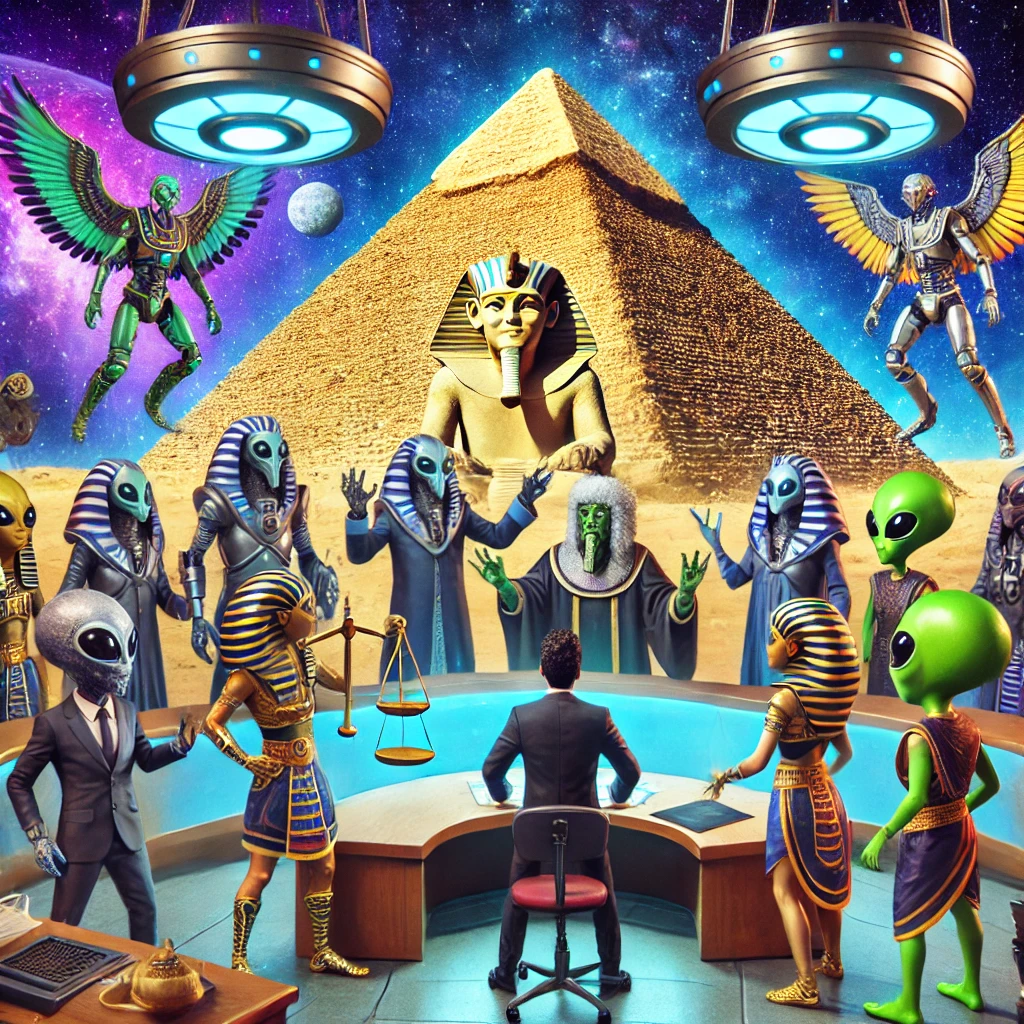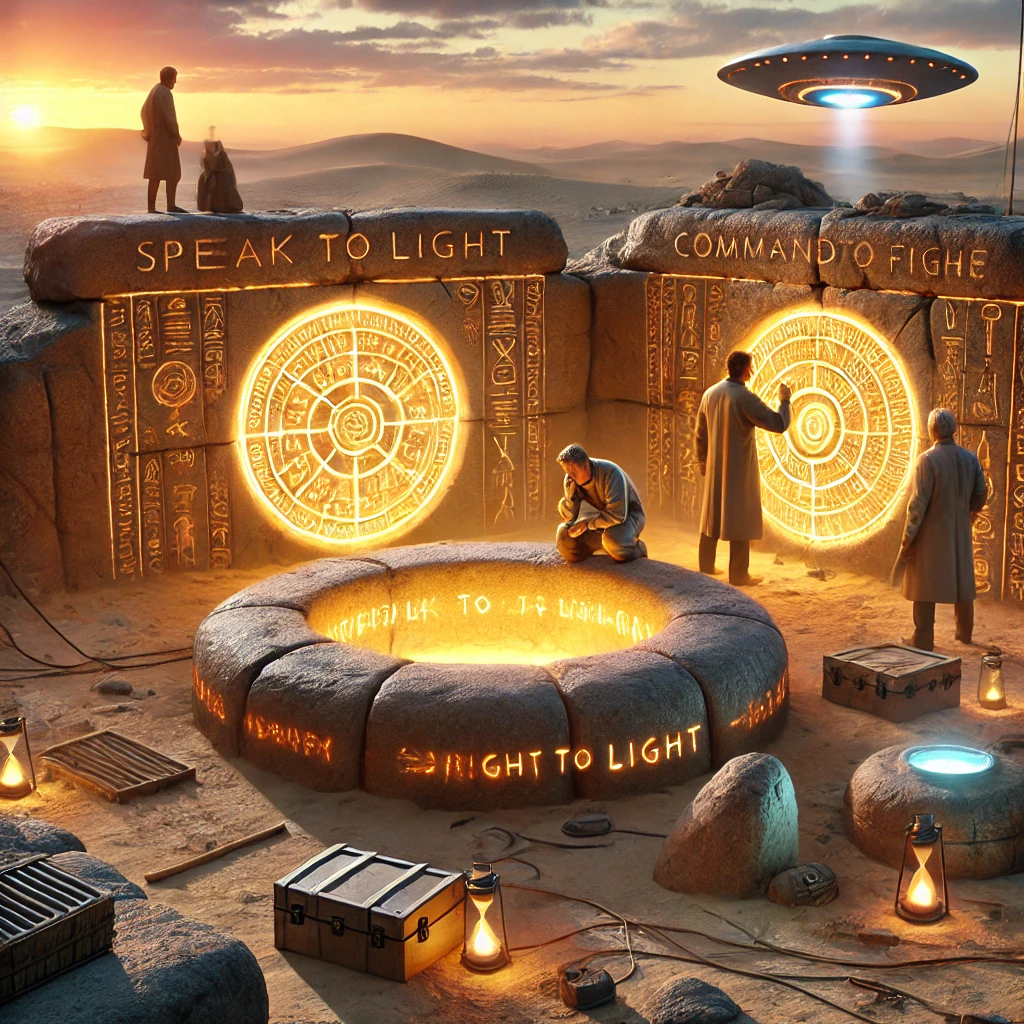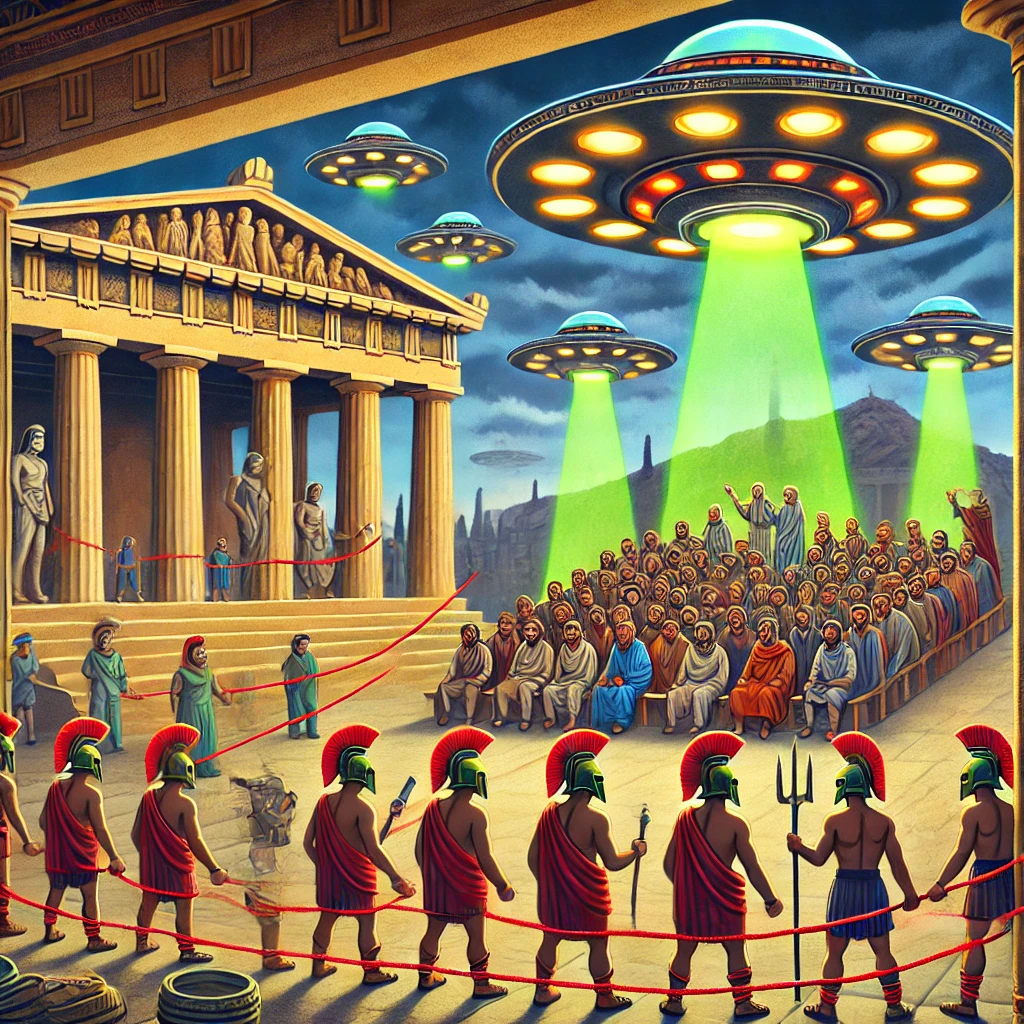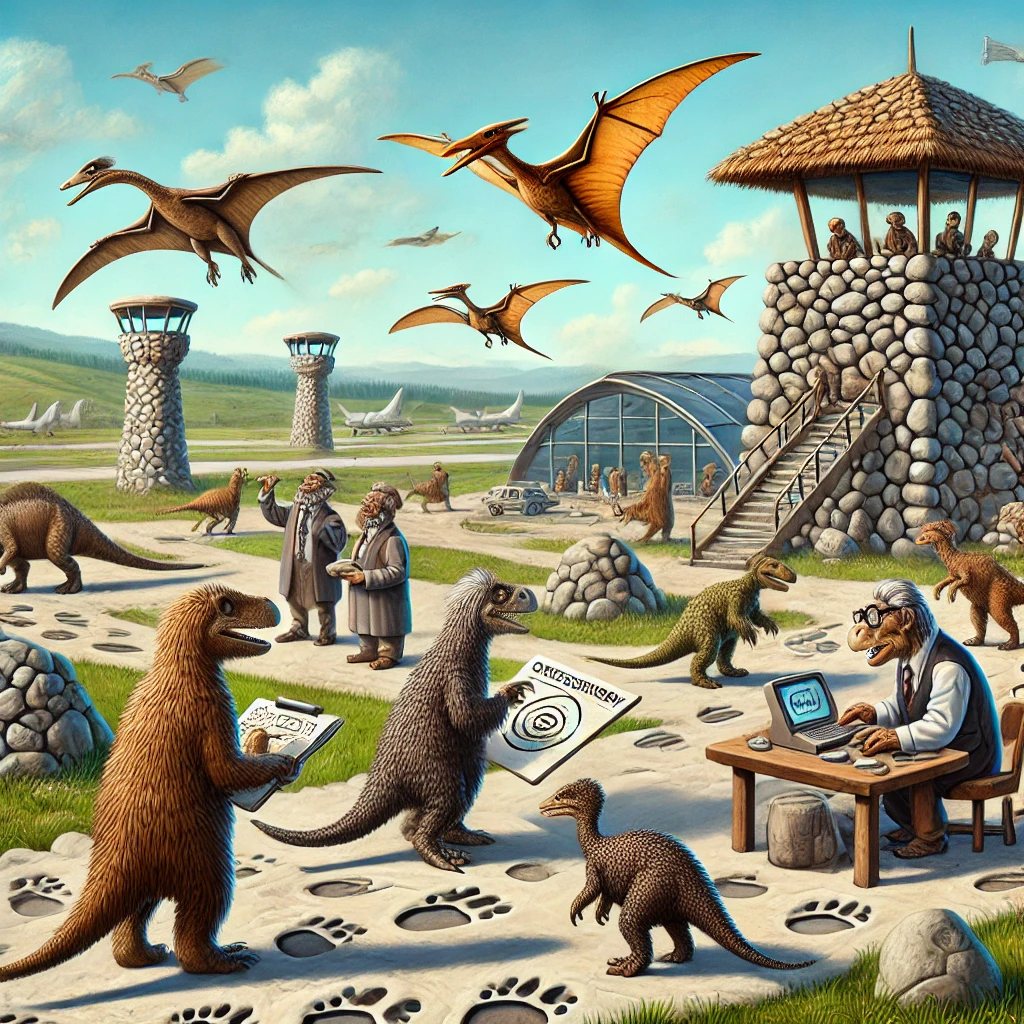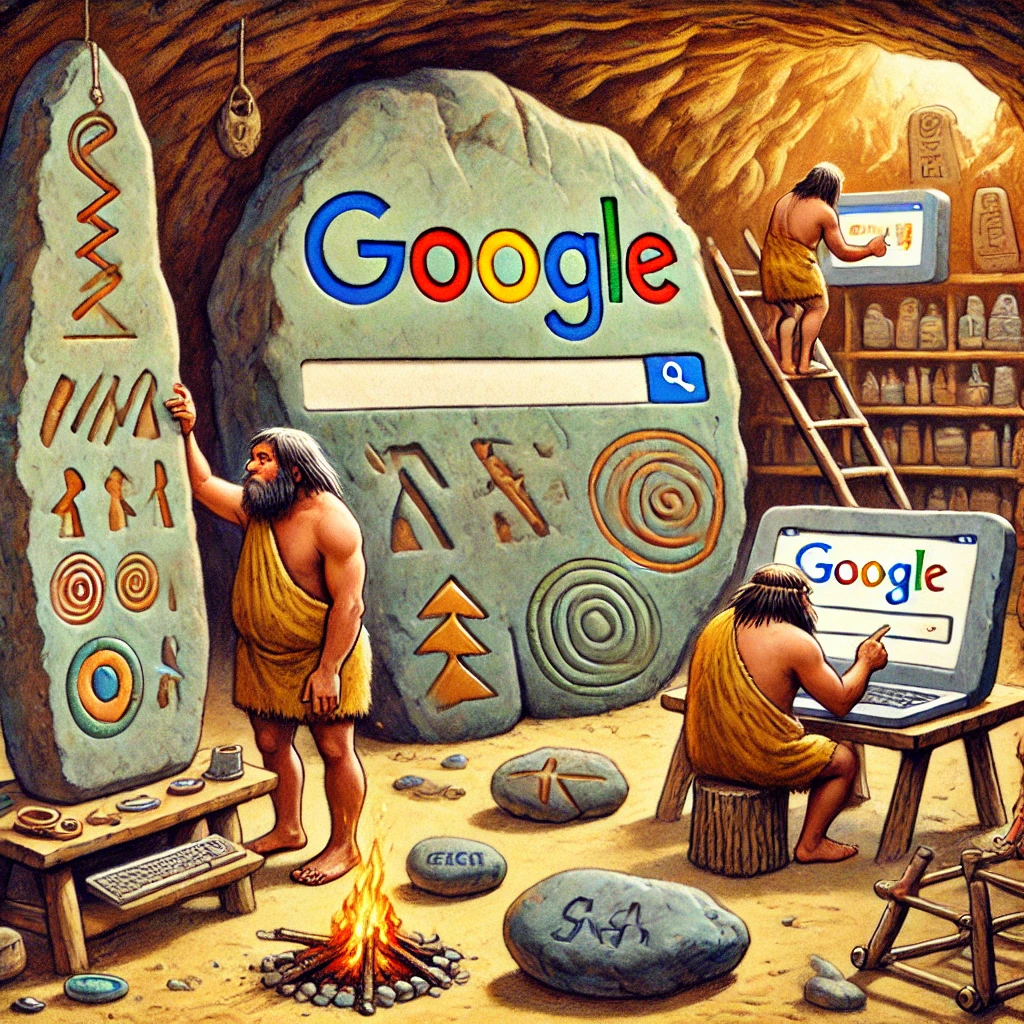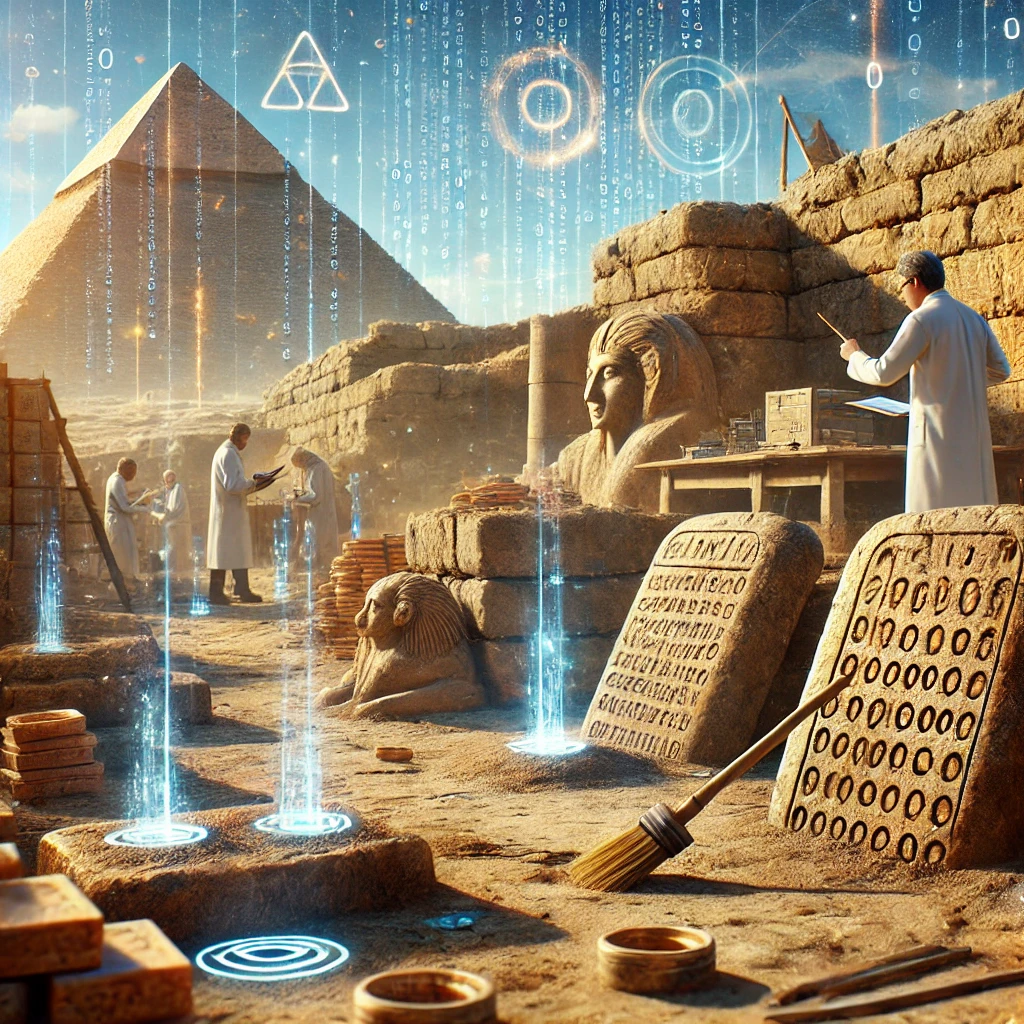Once a cornerstone of human intellectual development, reading has become an increasingly endangered activity. In a world dominated by screens, instant gratification, and an ever-shortening attention span, the act of sitting down with a book—or even a long article—has fallen out of favor. The decline in reading is not just anecdotal; it is measurable and widespread, with alarming implications for education, critical thinking, and cultural engagement. This article explores the multifaceted reasons behind this decline and its broader implications for society.
The Decline in Reading: By the Numbers
Statistics paint a stark picture of diminishing reading habits:
- A Pew Research Center study found that the number of American adults who did not read a single book in a year nearly tripled from 8% in 1978 to 23% in 2022.
- The National Endowment for the Arts (NEA) reported that the percentage of adults reading literature (novels, short stories, poetry, or plays) fell from 56% in 1982 to just 43% in 2020.
- Among teenagers, the decline is even steeper. A 2021 survey by Common Sense Media revealed that the average time teenagers spent reading books for pleasure dropped by 50% from 1980 to 2020.
These figures reveal a crisis that is not confined to one demographic or region but is global and pervasive.
Digital Distractions and the Allure of Screens
One of the primary culprits behind the decline in reading is the rise of digital distractions. Smartphones, tablets, and computers have become omnipresent, offering endless streams of entertainment and information that compete directly with reading.
Social Media and Bite-Sized Content
Social media platforms like Instagram, TikTok, and Twitter (now X) thrive on short, visually stimulating content designed to capture attention within seconds. This stands in stark contrast to the sustained focus required for reading. The constant influx of notifications and the addictive nature of scrolling further erode the ability to concentrate on longer texts.
Streaming Services and Gaming
The rise of streaming platforms like Netflix and video games as dominant forms of leisure activities has also contributed. These media are immersive and visually engaging, often requiring far less cognitive effort than reading.
The Attention Economy
The “attention economy” incentivizes companies to design content that captures and holds users’ attention. As a result, people increasingly gravitate toward activities that provide immediate rewards, making reading—a slower, more reflective process—less appealing.
The Impact of Shortened Attention Spans
Digital consumption is reshaping how people think and process information. Research has shown that habitual use of digital media can significantly reduce attention spans. A 2015 study by Microsoft reported that the average human attention span had dropped from 12 seconds in 2000 to just 8 seconds—shorter than that of a goldfish.
This shift makes it harder for individuals to engage with complex narratives or dense material, which demand sustained focus and critical thinking. It is not just novels that suffer; even long-form journalism, essays, and academic writing struggle to hold readers’ interest.
Decline of Bookstores and Libraries
The physical spaces that once encouraged reading are also in decline. Independent bookstores have faced decades of closures, and even large chains like Borders have disappeared. Libraries, though still vital community hubs, often face budget cuts and reduced hours, limiting their accessibility.
E-Books and Audiobooks: A Mixed Blessing
While e-books and audiobooks have provided a digital alternative to traditional reading, they have not entirely offset the decline. Many people who consume these formats do so as a multitasking activity, such as listening to audiobooks while commuting or exercising, which does not offer the same depth of engagement as traditional reading.
Educational Challenges
Schools have historically been the primary avenue for fostering a love of reading, but changes in educational priorities and practices have impacted this role:
- Test-Driven Curricula: The emphasis on standardized testing often pushes reading for pleasure to the sidelines, as schools focus on measurable outcomes.
- Decreased Time for Reading: Many schools allocate less time for independent reading, instead emphasizing other subjects or test preparation.
- Lack of Diverse and Engaging Material: Students often encounter outdated or culturally irrelevant reading lists that fail to capture their interest.
Societal Shifts and Changing Values
Society’s relationship with reading has also been influenced by broader cultural and economic trends:
- The Pace of Modern Life: People increasingly feel that they do not have the time to read, as work, family, and other commitments dominate their schedules.
- Economic Pressures: Rising costs of books and the perception that reading is a luxury rather than a necessity can deter potential readers, particularly in low-income communities.
- Stigma Around Intellectualism: In some circles, reading is seen as elitist or old-fashioned, further discouraging individuals from pursuing it.
Cultural Implications of Declining Reading Habits
The decline in reading has profound cultural implications, impacting:
- Critical Thinking: Reading encourages the development of critical thinking skills, which are essential for navigating a complex, information-rich world.
- Empathy: Studies have shown that reading fiction enhances empathy by allowing readers to experience different perspectives.
- Cultural Preservation: Literature serves as a repository of cultural knowledge and values. A decline in reading risks eroding this heritage.
Can Reading Compete in the Digital Age?
Despite the challenges, there are glimmers of hope. Some organizations and initiatives are working to revive interest in reading:
- Bookstagram and BookTok: These social media subcultures have helped younger audiences rediscover reading by framing it as a trendy and social activity.
- Community Reading Programs: Events like One City One Book encourage entire communities to read and discuss a single book.
- Interactive and Gamified Reading Platforms: Apps like Goodreads and platforms that combine reading with gaming elements aim to make reading more engaging.
Conclusion
The decline in reading is a complex issue with roots in technological, cultural, and economic changes. While the rise of digital distractions has played a significant role, it is not the sole factor. Addressing this crisis will require a multifaceted approach, including changes in education, community engagement, and the way society values reading. The stakes are high, but so too is the potential for renewal. By understanding the factors behind the decline, we can take meaningful steps to ensure that reading remains a vital part of human culture and intellectual life.
Disclaimer:
This multi-part series on the decline of reading was created with the assistance of AI technology. While the content reflects thoughtful research and structured analysis, it was developed collaboratively using AI tools to ensure accuracy and efficiency. Readers are encouraged to engage critically with the material and view it as part of an ongoing conversation about the evolving role of reading in society.




